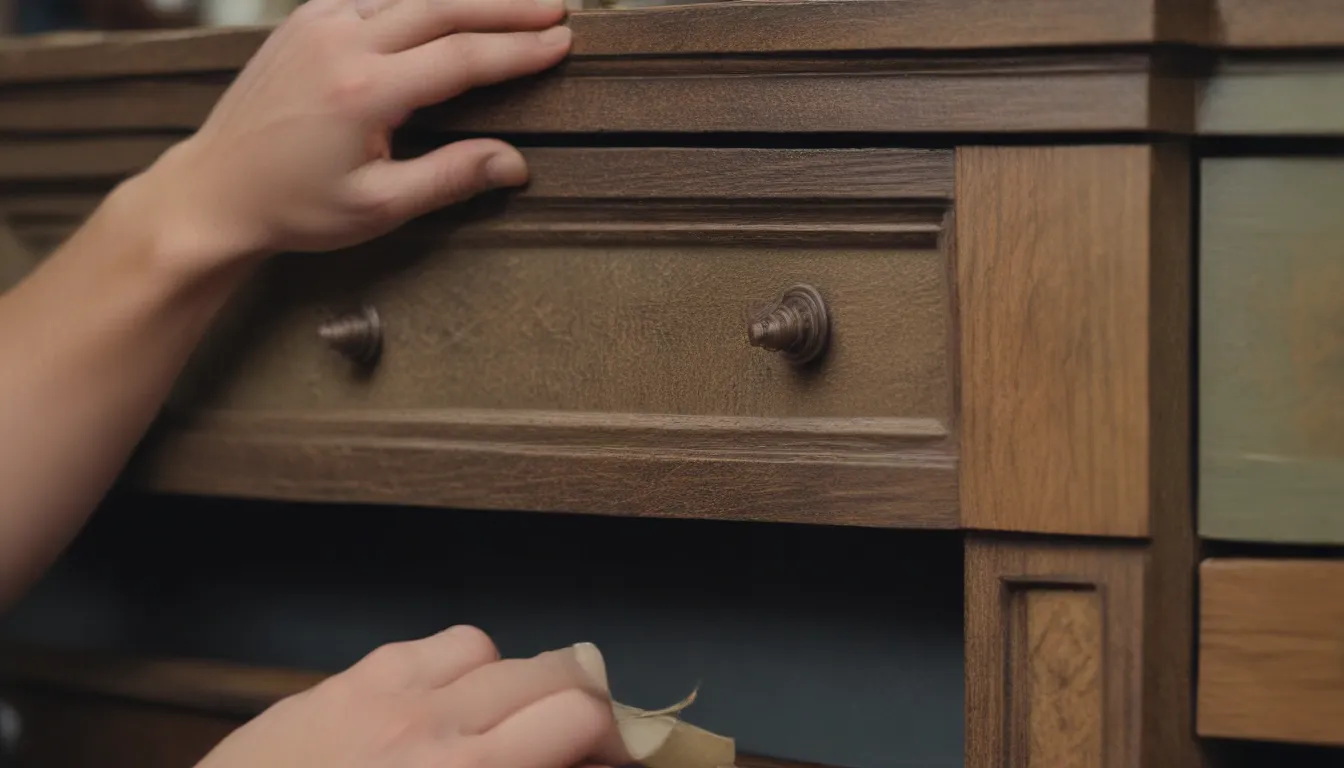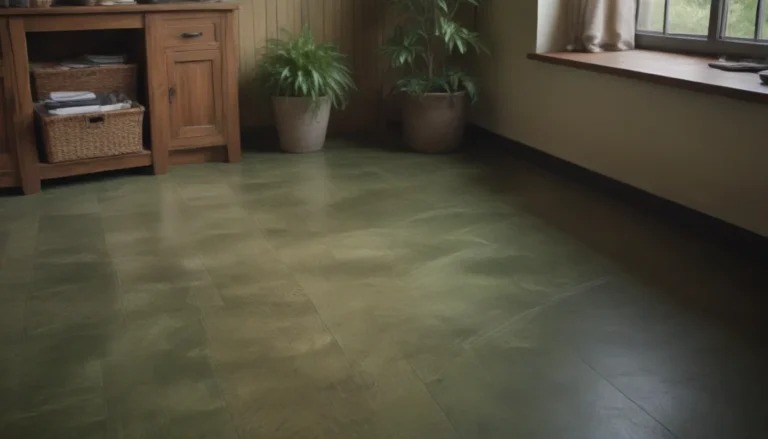Refurbishing Furniture: Choosing Between Sandpaper and Liquid Deglosser

Are you looking to spruce up an old piece of furniture or woodworking project? When it comes to prepping your item for a new coat of paint or varnish, you have two main options: traditional sandpaper or liquid sandpaper/deglosser. But which is the better choice for your project? In this article, we will explore the pros and cons of using both methods to help you make an informed decision.
Liquid Sandpaper/Deglosser vs. Sandpaper: What to Consider
Before diving into your project, it’s essential to consider the following factors when deciding between liquid sandpaper/deglosser and traditional sandpaper:
- Safety: Liquid sandpaper/deglosser typically contains chemicals, whereas traditional sandpaper is chemical-free. Consider your health and any potential environmental impacts when choosing between the two.
- Health Risks: Both methods pose some health risks, so it’s crucial to work in a well-ventilated area and wear protective gear such as a mask, gloves, and eyewear.
- Time: Liquid sandpaper/deglosser is often faster and more efficient than sanding by hand, making it a great option for intricate or detailed pieces.
- Cost: Consider your budget and the size of your project when weighing the cost of sandpaper versus liquid sandpaper/deglosser.
By taking these factors into account, you can determine which method is the best fit for your furniture refurbishing project.
Chemical Safety: Understanding Your Options
If you’re worried about the chemicals used in liquid sandpaper/deglosser, there are low VOC (volatile organic compound) options available that reduce harmful fumes. Before starting your project, check with your local home improvement store to find a product that aligns with your preferences and safety concerns. According to The Spruce, low VOC options can help minimize the environmental impact and potential health risks associated with using liquid sandpaper/deglosser.
Managing Health Risks: Protecting Yourself During Refurbishing
Regardless of whether you choose to sand or use liquid sandpaper/deglosser, your health should be a top priority. Here are some tips to help you stay safe during the refurbishing process:
- Work in a well-ventilated area or outdoors to minimize exposure to fumes.
- Wear a painter’s mask when sanding to avoid breathing in dust particles.
- When using liquid sandpaper/deglosser, protect your skin by wearing gloves and eyewear.
- In case of skin contact, wash the affected area immediately with soap and water.
- Be cautious of lead paint in older furniture pieces and handle them appropriately to avoid exposure risks.
By following these safety precautions, you can ensure a safe and healthy refurbishing experience for both you and your furniture.
Time-Saving Benefits of Liquid Sandpaper/Deglosser
One of the significant advantages of using liquid sandpaper/deglosser is the time-saving factor. Unlike traditional sanding, which can be labor-intensive and time-consuming, liquid sandpaper/deglosser allows for quick and efficient prepping of your item for painting or refinishing. Simply apply the liquid solution to a rag or sponge, wipe down the surface, and let it dry. This method is particularly useful for intricate pieces with hard-to-reach areas, as it can save you valuable time and effort.
Cost Considerations: Finding the Right Solution for Your Budget
When it comes to cost, your budget and the size of your project will play a significant role in deciding between sandpaper and liquid sandpaper/deglosser. If you already have sandpaper on hand and want to minimize expenses, traditional sanding may be the way to go. However, if you have a larger project or intricate details to work on, investing in a small bottle of liquid sandpaper/deglosser can be a worthwhile option. Fortunately, a small bottle of liquid sandpaper/deglosser is relatively affordable, with a 32-ounce bottle typically costing under $10 at most home improvement stores.
Conclusion
In conclusion, both liquid sandpaper/deglosser and traditional sandpaper have their own set of advantages and considerations when it comes to refurbishing furniture and woodworking projects. By weighing the pros and cons of each method, considering factors such as safety, health risks, time efficiency, and cost, you can make an informed decision that best suits your needs and preferences. Whether you opt for the convenience of liquid sandpaper/deglosser or the traditional approach of sanding by hand, remember to prioritize safety and take necessary precautions to ensure a successful and satisfying refurbishing experience. Happy refurbishing!





